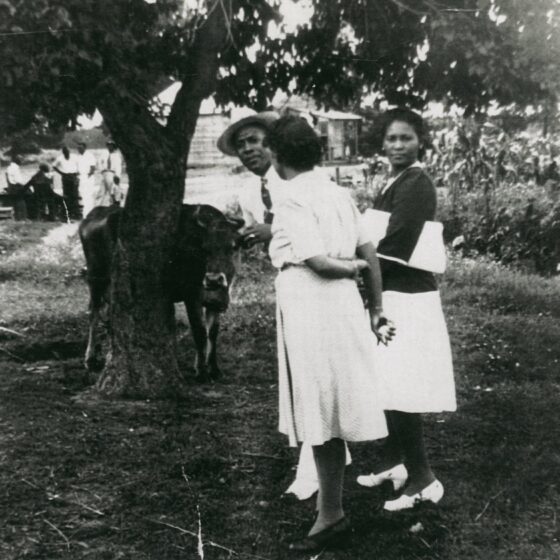Heroic Doctors: Thomas Eakins and the Art of Dissection
Our modern concept of medical heroism was built up in part by American realist Thomas Eakins. Throughout his career, he sought out and portrayed the particular tenderness of his sitters and scenes. It’s in this way, like the doctors and nurses he admired, Eakins went below the surface to create paintings he felt were a little more truthful.
Answer the page from this episode’s Call-a-Curator and go inside Eakins and the art of dissection with Professor of Art History and Reynolda Mellon Fellow Wendy Katz.
Reynolda revealed video series
See all videosFrom the 1910s to the late 1950s, the segregated community of Five Row was home to Reynolda’s African American farm workers and their families.
A new type of Southern woman, Katharine Reynolds combined the traditional role of wife and mother with progressive practices on healthy living, education, and agricultural reform.

